
Strategic Area Climate and Environmental Sustainability
The Parallel Sessions provide a forum for in-depth discussion on each of the six strategic areas of the ETH Domain. They take place in parallel, allowing participants to choose the topics that best match their interests and field of research. Each session includes scientific presentations, discussions and opportunities for exchange, promoting knowledge sharing and the co-creation of new ideas.
On this page, you will find the twelve speakers from the Strategic Area Climate and Environmental Sustainability, which aims to better understand and address climate change and ecosystems.

Strategic Area Climate and Environmental Sustainability – Research | More
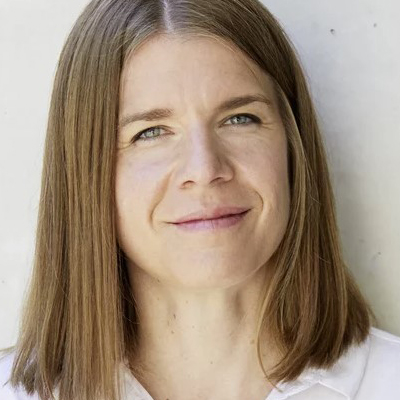
Claudia Mohr
Strategic Area Climate and Environmental Sustainability – Research
Abstract
The major strategic priorities foreseen to be addressed in this Strategic Area in 2029-2035 are (i) Preparing for Climate Change and Extremes; (ii) Developing One Health Solutions; (iii) Creating resilient communities and environments; and (iv) Managing resources through sustainable and circular solutions. These priorities reflect some of the most urgent and interconnected challenges of our time. Solutions developed by the ETH Domain draw on knowledge produced with scientific rigour and epistemological reflection in fundamental discovery science and applied research. A substantial emphasis is put on embedding fundamental research into the wider effort to make the science in this Strategic Area socially impactful. Equally important is the role of education, partnerships, and capacity building. In our presentation, we will introduce the strategic priorities and lay the foundation for the other speakers in this session focusing on the research.
Joint between:
- Claudia Mohr, PSI
- Veruska Muccione, WSL
Strategic Area Climate and Environmental Sustainability – Research | More
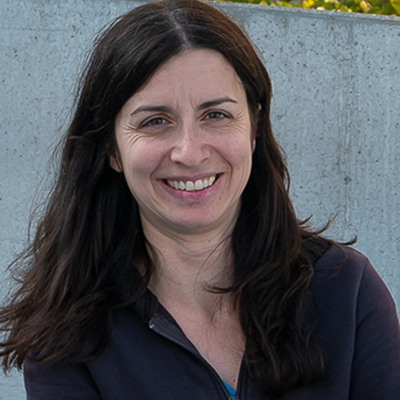
Veruska Muccione
Strategic Area Climate and Environmental Sustainability – Research
Abstract
The major strategic priorities foreseen to be addressed in this Strategic Area in 2029-2035 are (i) Preparing for Climate Change and Extremes; (ii) Developing One Health Solutions; (iii) Creating resilient communities and environments; and (iv) Managing resources through sustainable and circular solutions. These priorities reflect some of the most urgent and interconnected challenges of our time. Solutions developed by the ETH Domain draw on knowledge produced with scientific rigour and epistemological reflection in fundamental discovery science and applied research. A substantial emphasis is put on embedding fundamental research into the wider effort to make the science in this Strategic Area socially impactful. Equally important is the role of education, partnerships, and capacity building. In our presentation, we will introduce the strategic priorities and lay the foundation for the other speakers in this session focusing on the research.
Joint between:
- Claudia Mohr, PSI
- Veruska Muccione, WSL
About
Veruska is a scientist in the Office of the Director of the WSL. She supports the directorate on various matters going from strategic aspects to reporting and meta-research. Previously to join WSL, she was a researcher on climate risks and adaptation at the Department of Geography (University of Zurich). Veruska was a lead author in the Intergovernmental Panel on Climate Change (IPCC) Sixth Assessment Cycle Working Group 2 Impacts, Vulnerability and Adaptation.
Understanding record-breaking weather extremes in a warming climate | More

Erich Fischer
Understanding record-breaking weather extremes in a warming climate
Abstract
Recent heatwaves on land, marine heatwaves, precipitation extremes, melt rates in glaciers, sea ice minima, and even monthly global mean temperature anomalies have broken previous observed records by large margins and reached intensities that many would have considered impossible based on observations so far.
In this talk, I will explain why record-breaking extremes have occurred so frequently in recent decades and discuss ways forward to anticipate the potential intensity of very rare extremes in the coming decades.
About
Erich Fischer is a lead author in the IPCC AR6 and upcoming IPCC AR7 and co-chair of the Lighthouse activity on Explaining and Predicting Earth System Change of the World Climate Research Program. Erich Fischer studied at the University of Bern and Stockholm and completed his PhD at ETH Zurich. He then worked as a Postdoc at the National Center for Atmospheric Research (NCAR) in Boulder, Colorado and as a visiting scientist at the University of Reading before moving back to ETH Zurich. He his an associate editor of Science Advances and a co-editor of Weather and Climate Dynamics.
Distributed atmospheric observation networks of European Research infrastructures serving as platforms for cutting-edge research | More
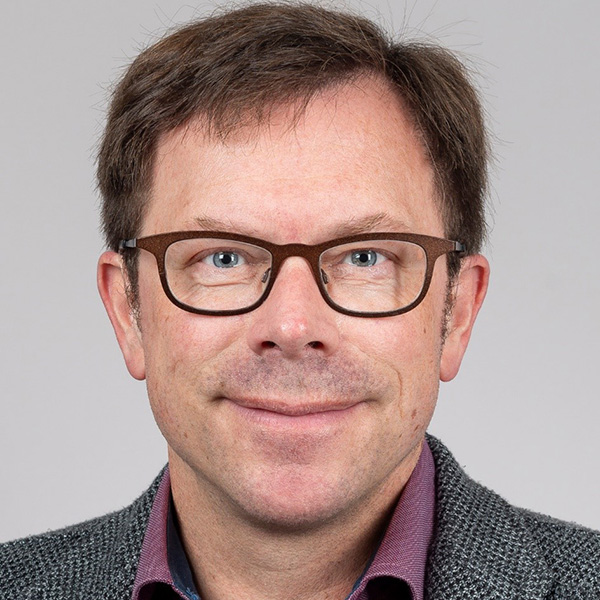
Martin Gysel-Beer
Distributed atmospheric observation networks of European Research infrastructures serving as platforms for cutting-edge research
Abstract
Distributed observation networks organized as pan-European research infrastructures are important enablers of environmental research. They ensure good coverage of environmental data in both time and space, they drive implementation of open research data following FAIR principles forward, and they serve as platforms for intensive field experiments and user access. This presentation uses examples from the four European infrastructures of the environmental domain to showcase their role at the interfaces to interdisciplinary research and societal needs. We support open science and we’re open to collaborate with academic, public, and private sectors.
About
Martin Gysel-Beer obtained his PhD from ETH Zurich. He leads the Aerosol Physics and Optics group of the PSI Center for Energy and Environmental Sciences (https://www.psi.ch/de/lac/aerosol-physics-and-optics). He coordinates the Swiss consortium of the Aerosol, Clouds and Traces Gases Research Infrastructure (www.actris.ch). His main research interests include the interaction of atmospheric aerosols on clouds and their impact on the radiative budget. A recent focus is on aerosol optics and algorithms for aerosol property retrievals from light scattering phase functions.
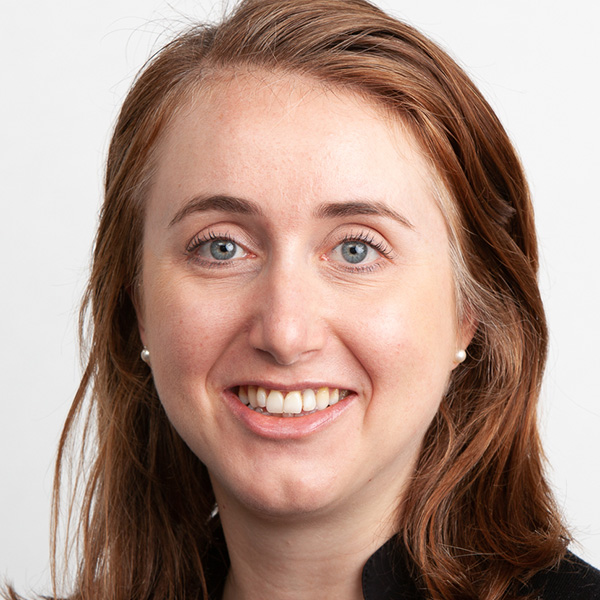
Lauren M. Cook
Adapting to climate change using blue-green infrastructure
Abstract
As the climate changes, cities must adapt to rising temperatures, more frequent extreme rainfall, and prolonged droughts. Switzerland is no exception. A range of tools exist to enhance urban resilience, from climate models that project future scenarios to blue-green infrastructure (BGI) that retains water for cooling, habitat provision, and flood protection. Yet the question remains: can BGI meaningfully mitigate future climate impacts, or will its role be only marginal in the face of such grand challenges? This talk explores the performance of BGI in stormwater management and urban heat mitigation, with a focus on its capacity to sustain these functions under more extreme future climate conditions.
About
Dr Lauren M. Cook is Group Leader of the Multifunctional Blue-Green Design team in the Urban Water Management Department at Eawag (Swiss Federal Institute of Aquatic Science and Technology). With a PhD in Civil & Environmental Engineering (Carnegie Mellon University), her expertise spans hydrologic engineering, energy‐and‐climate impacts modeling, and the design and performance of blue-green infrastructure. She works on translational and interdisciplinary projects that connect stormwater and energy infrastructure, urban biodiversity, ecosystem services, and climate resilience.
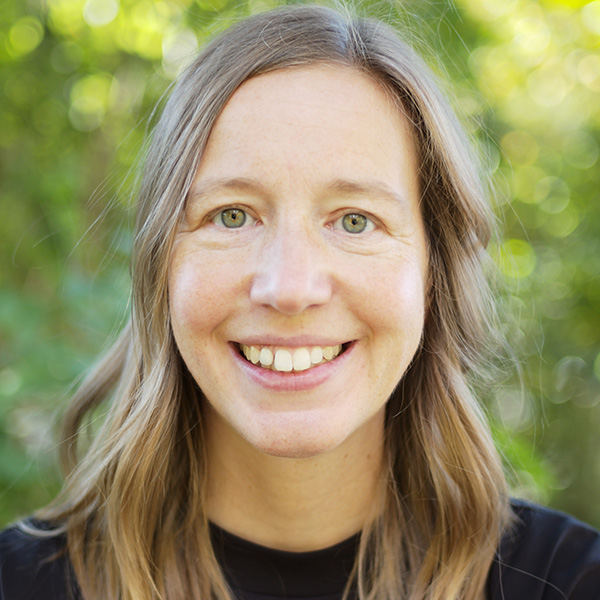
Kirsten Remmen
Transition to sustainable material cycles
Abstract
Secondary raw materials are central to Europe’s transition towards sustainable material cycles. Unlocking this potential requires more than technological advances: it demands robust knowledge of material availability and quality, as well as clear insights into viable pathways, such as recycling and reuse, for their reintegration into value chains across industries. This includes understanding how secondary resources can support the energy and digital transitions. Insights from the Horizon Europe projects FutuRaM, CE-RISE, and RAWCLIC will demonstrate how robust data, harmonised methods, and systemic approaches can support informed decision-making, thereby advancing knowledge on resource management among industry, policymakers, and researchers.
About
Kirsten Remmen leads the CARE (Critical Materials and Resource Efficiency) group at Empa, specialising in critical materials, resource efficiency, and circular economy strategies. She contributes to Horizon Europe projects as well as Swiss funded research on recycling of strategic and critical materials, advancing methods, indicators, and technology assessments to support EU and Swiss resource policies.
A behavioural perspective on sustainability: from trade-offs to goal integration | More
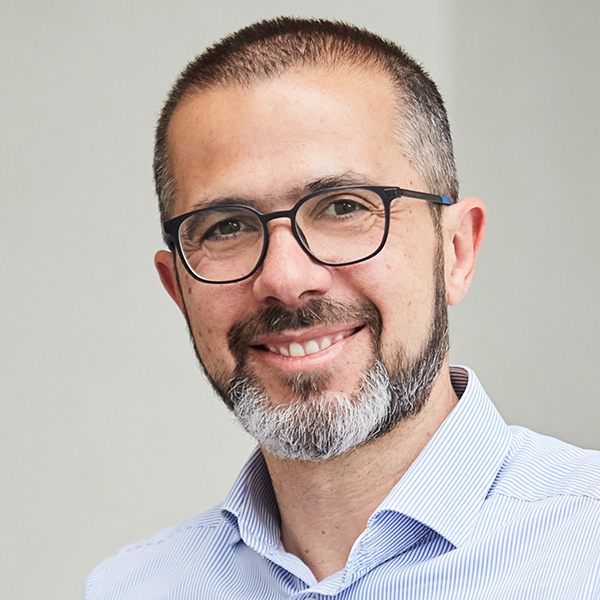
Stefano Brusoni
A behavioural perspective on sustainability: from trade-offs to goal integration
Abstract
Natural and engineering sciences have delivered solutions for many environmental challenges. Yet, their implementation remains limited. This presentation argues that understanding human decision-making is crucial for understanding the slow adoption of available solutions. Traditional approaches to decision-making focus on trade-offs: gains in one area require losses in another. We propose shifting toward goal integration: reframing problems to resolve tensions between competing objectives. Rather than choosing between business objectives growth and environmental protection, goal integration seeks innovative solutions that advance both simultaneously. Through examples from multiple research projects, we suggest ways in which this behavioural perspective enables practical ways forward.
About
Stefano Brusoni (DPhil, U. of Sussex) is Professor of Technology and Innovation Management at ETH Zurich, and Vice Rector for Continuing Education. He studies how leaders in established organizations reconcile the conflicting expectations of business and society. His work aims at understanding how to develop organizations and leaders, in both the profit and non-profit space, who can reconcile such conflicts through innovation. He has published on journals such as Strategic Management Journal; Administrative Science Quarterly; Organization Science; Academy of Management Journal; and others. He is Senior Editor of Organization Science. He is also a founder and entrepreneur.

Strategic Area Climate and Environmental Sustainability – from research to practice | More
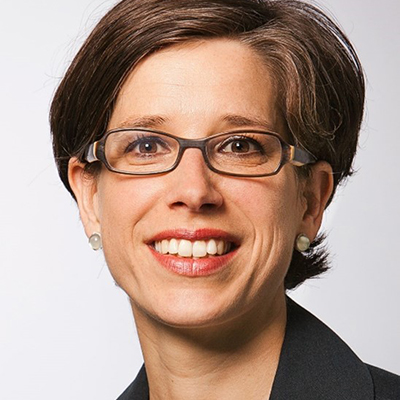
Claudia Zingerli
Strategic Area Climate and Environmental Sustainability – from research to practice
Abstract
The major strategic priorities foreseen to be addressed in this Strategic Area in 2029-2035 are (i) Preparing for Climate Change and Extremes; (ii) Developing One Health Solutions; (iii) Creating resilient communities and environments; and (iv) Managing resources through sustainable and circular solutions. These priorities reflect some of the most urgent and interconnected challenges of our time. Solutions developed by the ETH Domain draw on knowledge produced with scientific rigour and epistemological reflection in fundamental discovery science and applied research. A substantial emphasis is put on embedding fundamental research into the wider effort to make the science in this Strategic Area socially impactful. Equally important is the role of education, partnerships, and capacity building. In our presentation, we will introduce the strategic priorities and lay the foundation for the other speakers in this session focusing on the transfer from research to practice.
Joint between:
- Claudia Zingerli, ETH Zurich
- Max Maurer, Eawag
About
Claudia Zingerli is the Head of the ETH Office of Sustainability and a lecturer at ETH Zurich, where she oversees and shapes the sustainability portfolio. She holds a PhD degree in development studies from the University of East Anglia, UK. In her academic work she has been focusing on the political nature of natural resource management as well as the politics of knowledge production in sustainable development and transformation.
Strategic Area Climate and Environmental Sustainability – from research to practice | More
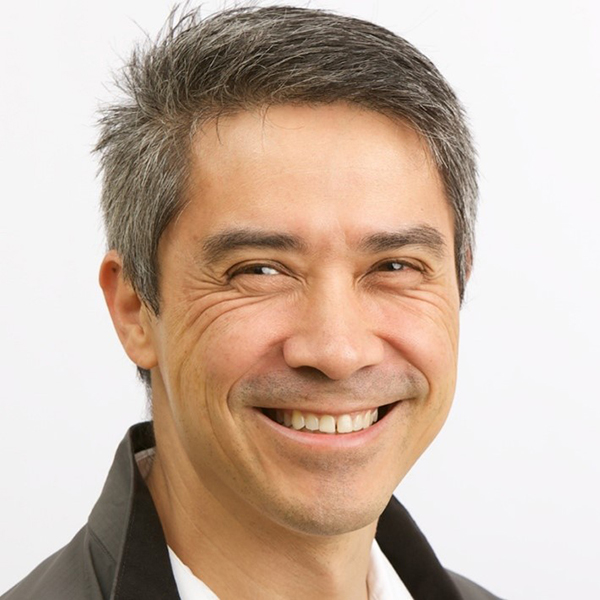
Max Maurer
Strategic Area Climate and Environmental Sustainability – from research to practice
Abstract
The major strategic priorities foreseen to be addressed in this Strategic Area in 2029-2035 are (i) Preparing for Climate Change and Extremes; (ii) Developing One Health Solutions; (iii) Creating resilient communities and environments; and (iv) Managing resources through sustainable and circular solutions. These priorities reflect some of the most urgent and interconnected challenges of our time. Solutions developed by the ETH Domain draw on knowledge produced with scientific rigour and epistemological reflection in fundamental discovery science and applied research. A substantial emphasis is put on embedding fundamental research into the wider effort to make the science in this Strategic Area socially impactful. Equally important is the role of education, partnerships, and capacity building. In our presentation, we will introduce the strategic priorities and lay the foundation for the other speakers in this session focusing on the transfer from research to practice.
Joint between:
- Claudia Zingerli, ETH Zurich
- Max Maurer, Eawag
About
Max Maurer is a scientist with a research focus on infrastructure transition management, smart urban water management and modular urban water management. As professor for Urban Water Systems at the Swiss Federal Institute of Technology Zurich (ETH; www.ethz.ch) he is the director of the institute for Environmental Engineering and is running the water Infrastructure Transition Group at the Swiss Federal Institute of Aquatic Science & Technology.
Rumbling and tumbling: Mountain hazards, risks and early warning in a changing climate | More
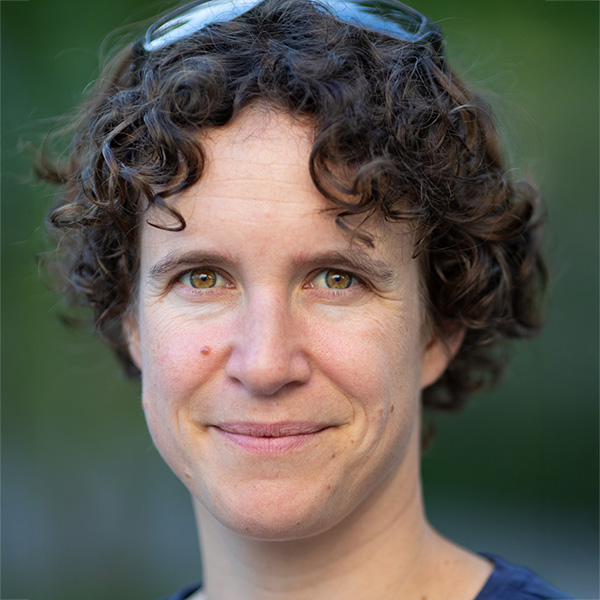
Mylène Jacquemart
Rumbling and tumbling: Mountain hazards, risks and early warning in a changing climate
Abstract
How is climate change impacting rockfall, rock avalanches and ice avalanches? After the dramatic collapse of the Kleines Nesthorn and the Birchgletscher, which buried the town of Blatten on the 28th of May, 2025, this became one of the most frequently asked questions – by friends, family, journalists, and researchers alike. The tragic event highlighted – once again – the immediate importance of understanding the impact of climate change on mass movements in mountain regions. In this talk, I will summarize our current understanding of the complex interactions between climate and mountain hazards and highlight ongoing research investigating both these interactions and our capabilities for early warning and emergency preparedness.
About
Dr Mylène Jacquemart received a BSc and MSc from the Department of Geography at the University of Zurich and a PhD from the Department of Geological Sciences at the University of Colorado at Boulder, United States. She is currently a senior researcher at the Laboratory of Hydraulics, Hydrology, and Glaciology at ETH Zurich and WSL in Sion, where she investigates the impact of climate change on glacier and alpine hazards and has previously worked in operational hazard management at Geopraevent AG.
The environmental impacts of stratospheric aerosol injection as a solar radiation management technique | More
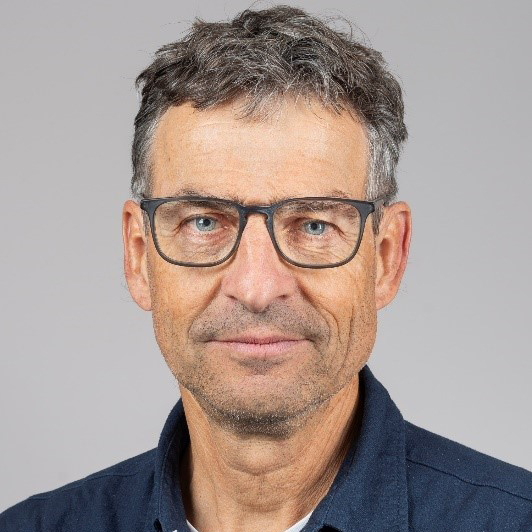
Markus Ammann
The environmental impacts of stratospheric aerosol injection as a solar radiation management techniqued
Abstract
Stratospheric aerosol injection (SAI) has been suggested as a solar radiation modification (SRM) technique to counteract global warming by increasing Earth’s albedo, in analogy to large volcanic eruptions. SAI has raised concerns of damaging the ozone layer, heating the stratosphere and changing weather patterns. Within an international effort we investigate SAI options based on solid particles with promising optical properties. These activities range from experiments on molecular level surface chemistry to particle optical properties and to large scale modelling to provide improved constraints on the environmental impacts of SAI. This contributes to the scientific basis needed to inform the societal debate and the political decision about SRM.
About
Markus Ammann has obtained his PhD from ETH in 1992 in the field of aerosol chemistry. Since 1997 he has been group leader at Paul Scherrer Institute, and since 2014 he has been an adjunct professor in atmospheric chemistry at ETH in the Department of Environmental Systems Science. His research focuses on kinetics and mechanisms of multiphase chemistry in the atmosphere, using a range of experimental physico-chemical and spectroscopic tools.
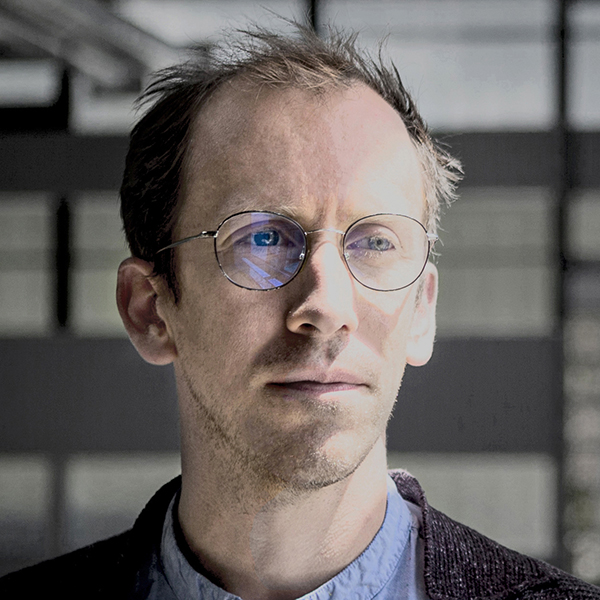
Corentin Fivet
Built environment: Modus Operandi of EPFL Fribourg
Abstract
The built environment shapes our lives and the planet, supporting wellbeing while also driving emissions, energy use, resource extraction, and health risks. Improving its design, operation, and maintenance is crucial to achieving sustainability and a circular economy. Ten years ago, a joint research venture was established in Fribourg among EPFL, the University of Applied Sciences and Architecture Fribourg, and the University of Fribourg. Spanning disciplines from urban planning to building engineering, the campus combines fundamental and applied research, innovation, and hands-on education.
This talk highlights the unique DNA of the Fribourg campus. It also introduces the Smart Living Lab, a building currently under construction that has been, is, and will be an extraordinary object of experimentation.
About
Corentin Fivet is Associate Professor of Architecture & Structural Design at EPFL, leading the Structural Xploration Lab based in Fribourg. Since 2024, he has served as the academic director of the Smart Living Lab. Together with his research team, he develops computational design methods and processes to increase circularity in building structures.
Climate Solutions Hub – Make green technologies scale faster | More
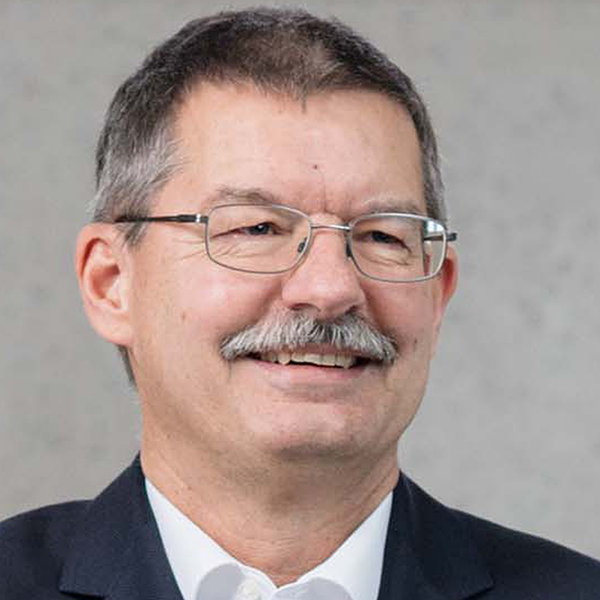
Peter Richner
Climate Solutions Hub – Make green technologies scale faster
Joint between:
- Dr Peter Richner, Empa, Co-Lead Climate Solutions Hub
- Dr Christian Binz, Eawag, Co-Lead Climate Solutions Hub
Abstract
The Climate Solution Hub’s vision is to accelerate the diffusion and mainstreaming of transformative climate solutions. This new competence center jointly established by Empa and Eawag aims at assessing how potentially transformative green technologies developed in the ETH Domain can be more strategically scaled up. The CSH tackles this question by combining competencies from three pillars: Technology development; demonstrators and living labs; and social sciences. The Hub combines scholars from these three competence fields from across the ETH Domain with relevant stakeholders and makes them jointly develop ‘scaling templates’ for sustainability solutions. By combining these competencies in integrated projects and working in Living Lab setting, the solution’s technology, policy and market readiness levels can be strategically increased. Initially, the CSH is focusing on climate positive infrastructures like NetZero concrete, decentralized water reuse, or multifunctional blue-green infrastructues. This focus shall be extended in a next development phase of the Hub in close interaction with other ETH Domain institutes.
About
Dr Peter Richner studied chemistry at the Swiss Federal Institute of Technology (ETH) in Zurich and subsequently received his doctorate. After a postdoctoral period in the USA, he established a new research group at Empa in the field of ultratrace analysis, later headed the Corrosion and Surface Protection Laboratory and has been Head of the Engineering Sciences Department since 2002 and Deputy Director until 2025. He headed the Swiss Competence Center in Energy Research "Future Energy Efficient Buildings & Districts" and is the initiator of the NEST project. His research interests focus on energy-efficient construction and the promotion of technology transfer.
Climate Solutions Hub – Make green technologies scale faster | More
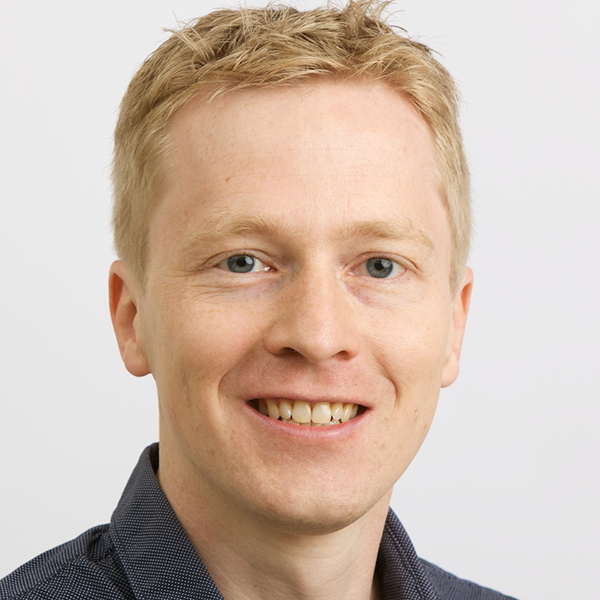
Christian Binz
Climate Solutions Hub – Make green technologies scale faster
Joint between:
- Dr Peter Richner, Empa, Co-Lead Climate Solutions Hub
- Dr Christian Binz, Eawag, Co-Lead Climate Solutions Hub
Abstract
The Climate Solution Hub’s vision is to accelerate the diffusion and mainstreaming of transformative climate solutions. This new competence center jointly established by Empa and Eawag aims at assessing how potentially transformative green technologies developed in the ETH Domain can be more strategically scaled up. The CSH tackles this question by combining competencies from three pillars: Technology development; demonstrators and living labs; and social sciences. The Hub combines scholars from these three competence fields from across the ETH Domain with relevant stakeholders and makes them jointly develop ‘scaling templates’ for sustainability solutions. By combining these competencies in integrated projects and working in Living Lab setting, the solution’s technology, policy and market readiness levels can be strategically increased. Initially, the CSH is focusing on climate positive infrastructures like NetZero concrete, decentralized water reuse, or multifunctional blue-green infrastructues. This focus shall be extended in a next development phase of the Hub in close interaction with other ETH Domain institutes.
About
Dr Christian Binz is a research group leader at the Department of Environmental Social Sciences at Eawag, an Associate Researcher at CIRCLE, Lund University, Sweden, and a guest lecturer at the University of Zurich. He received his PhD in Geography from the University of Bern in 2012 and has worked as a PostDoc at Harvard University (US), Lund University (Sweden), UC Berkeley (USA), and Tsinghua University (China). His research explores how transformative innovation develops and diffuses in the water, energy, transport and construction sectors. He has extensive experience in working in interdisciplinary research projects and has covered green innovation processes in both developed (EU, US, Switzerland) and emerging (China, India) economies.
Science anticipation as a key engine for effective multilateralism and science diplomacy | More
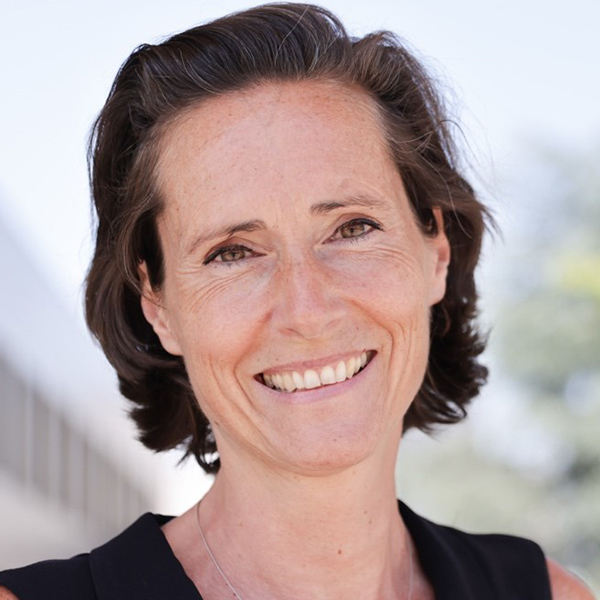
Marilyne Andersen
Science anticipation as a key engine for effective multilateralism and science diplomacy
Abstract
We are living in an era of exponential scientific change, with breakthroughs in artificial intelligence, synthetic biology, and quantum computing accelerating faster than our governance structures can adapt.
The Geneva Science and Diplomacy Anticipator (GESDA) Foundation is a private Swiss foundation based in Geneva with global reach, where science meets diplomacy and ideas become action. From launching the Open Quantum Institute to training the next generation of leaders, GESDA’s mission is to anticipate emerging scientific discoveries at a time horizon of 5, 10, 25 years and translate them into concrete actions for the benefit of society. GESDA thereby contributes to strengthening multilateral collaboration and to reinforcing Switzerland’s role as a hub for diplomacy and innovation.
About
Trained as a physicist, Marilyne Andersen is Director General of the GESDA Foundation and Full Professor at EPFL. She has been conducting pioneering work at the interface between science and engineering, design, society and culture, and actively engaged in bridging the gap between art and science. Dean of the ENAC School at EPFL from 2013 and 2018, she has also been a Professor at MIT and a Visiting Professor at the Lawrence Berkeley Lab as well as at SUTD in Singapore.